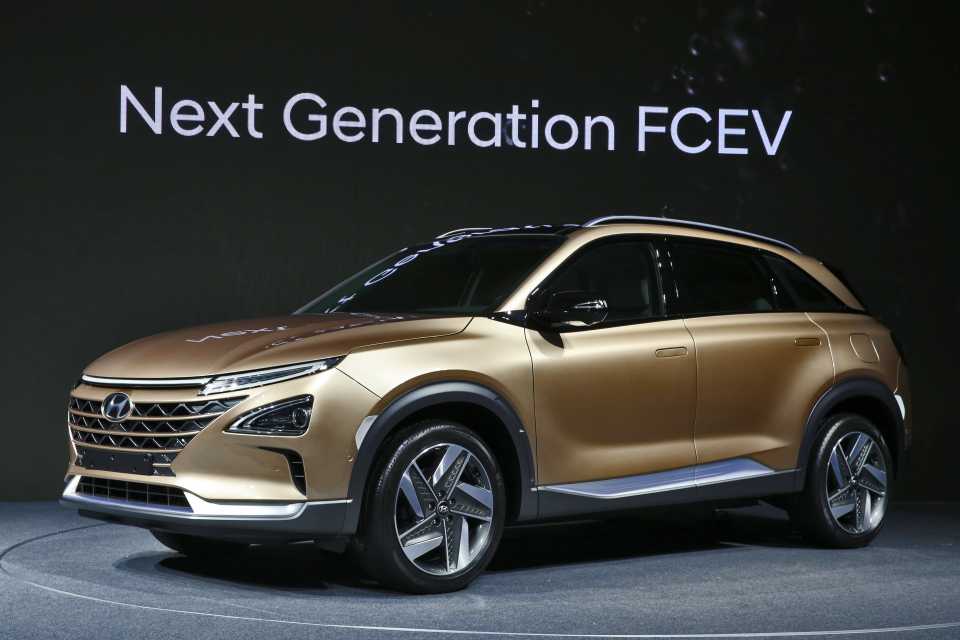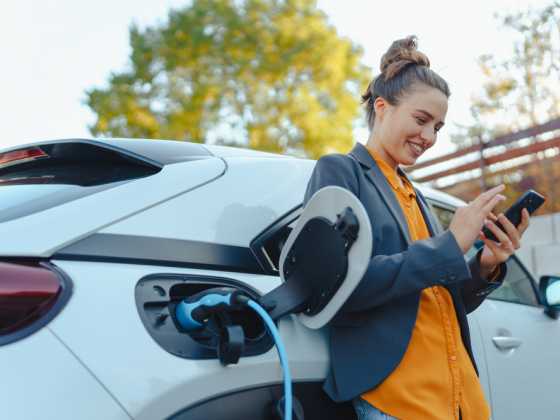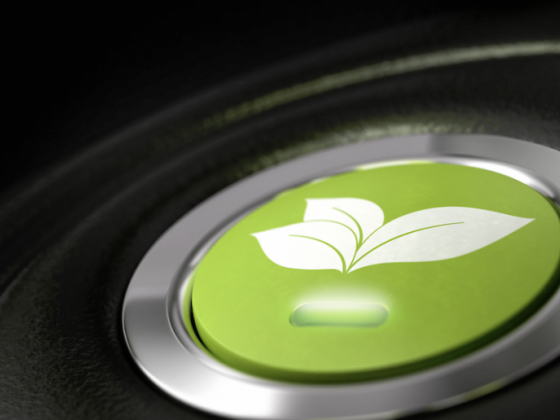Hyundai previews its next generation hydrogen SUV

Hyundai has revealed its next generation fuel cell vehicle, ahead of the hydrogen-powered SUV’s official launch early next year.
At a special preview event held in Seoul, the new SUV, which is yet to be named, is Hyundai’s second commercially produced hydrogen model and uses the company’s fourth generation of hydrogen fuel cell technology.
The new fuel cell model was developed on four key pillars that focus on fuel cell system efficiency, performance (maximum output), durability, and tank storage density.
By enhancing fuel cell performance, reducing hydrogen consumption, and optimising key components, the vehicle’s efficiency is greatly improved compared to its predecessor, the ix35 Fuel Cell (Tucson Fuel Cell in some markets). The new SUV boasts an efficiency level of 60%, or a 9% increase from the ix35’s 55.3%. With enhanced system efficiency, the new model targets a driving range of 800km on a single charge (based on New European Driving Cycle standards).
The new model’s maximum output is enhanced by 20% compared to its predecessor, boasting 163PS of power.
The fuel cell SUV also improves the car’s cold start capability, overcoming the challenges of starting fuel cell vehicles in temperatures below freezing point. The vehicle’s architecture is optimised to allow it to be started at -30 degrees Celsius (22 degrees Fahrenheit), by incorporating key components in the fuel stack.
By employing highly durable catalyst technology, the new hydrogen-powered SUV ensures even greater longevity than its predecessor.
The next generation hydrogen vehicle makes significant improvements in tank storage density. The tank package now features three equally-sized tanks, as opposed to two of different sizes. World-class tank gravimetric capacity (hydrogen storage mass per tank weight) was achieved through innovations to the plastic liner configuration and efficient layering pattern, which resulted in a reduction of thickness.
Hyundai Motor will reveal the new hydrogen SUV early next year in Korea, followed by the North American and European markets.



